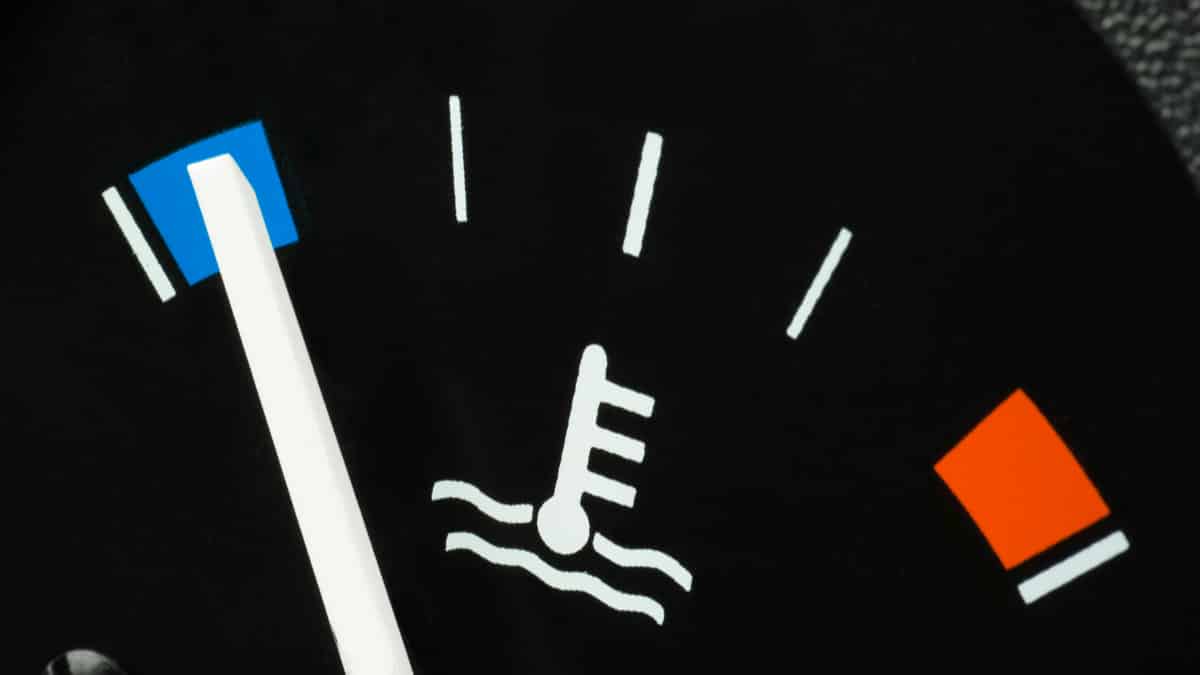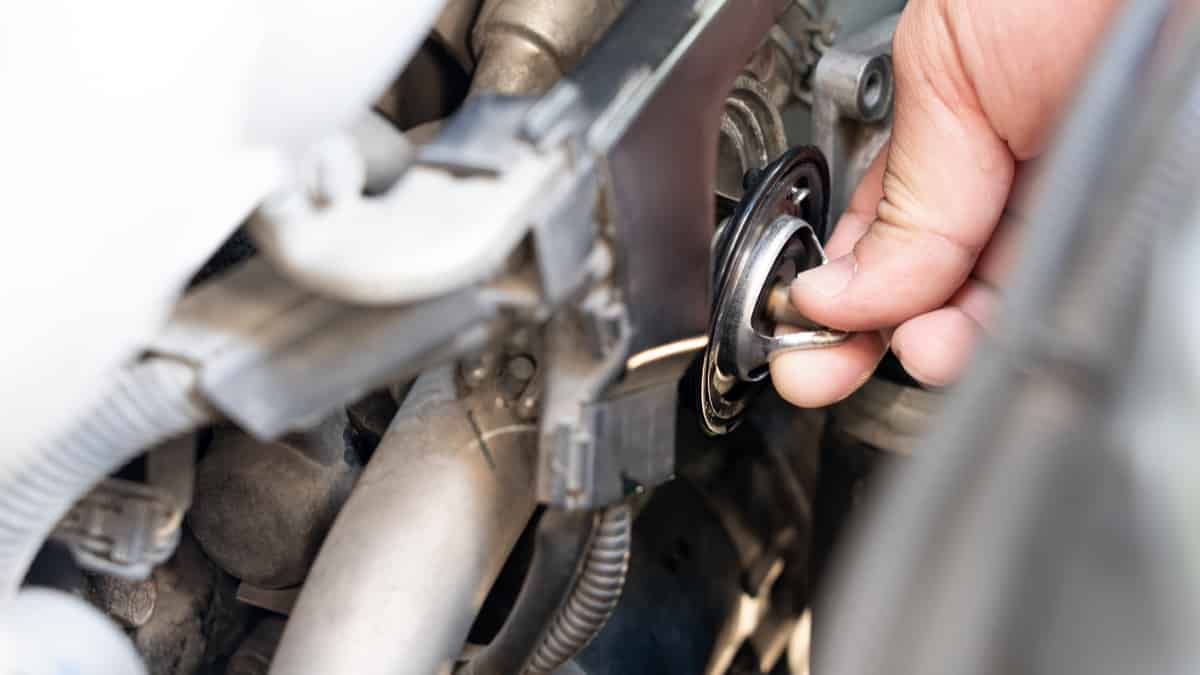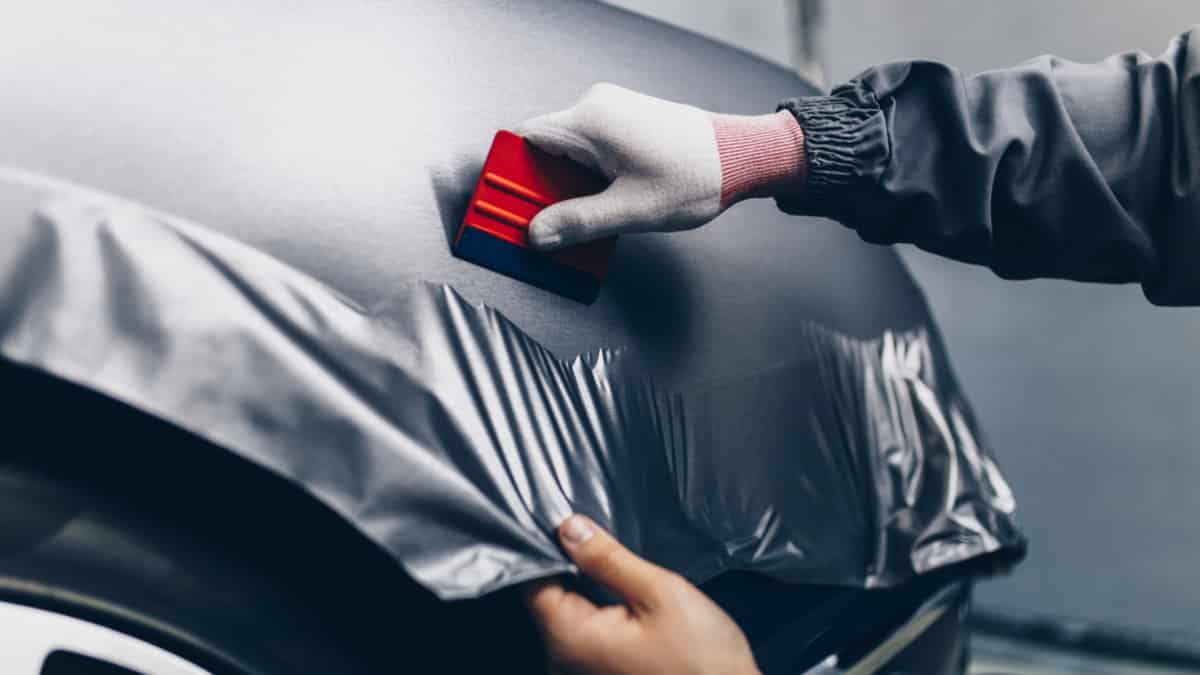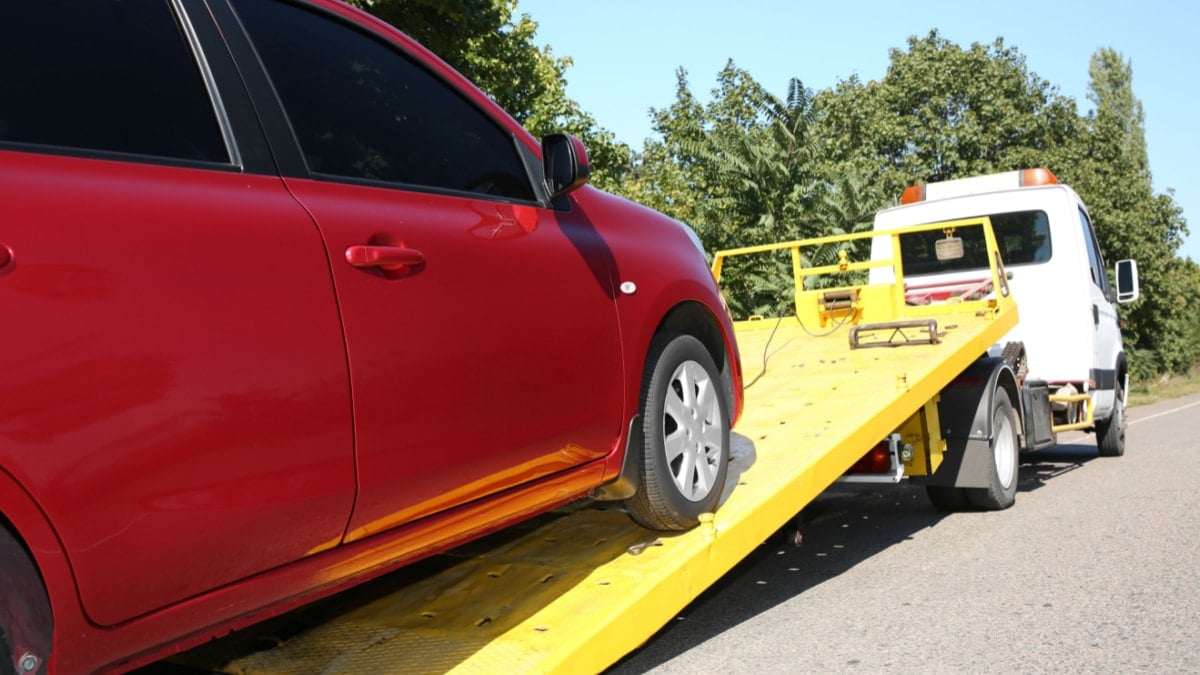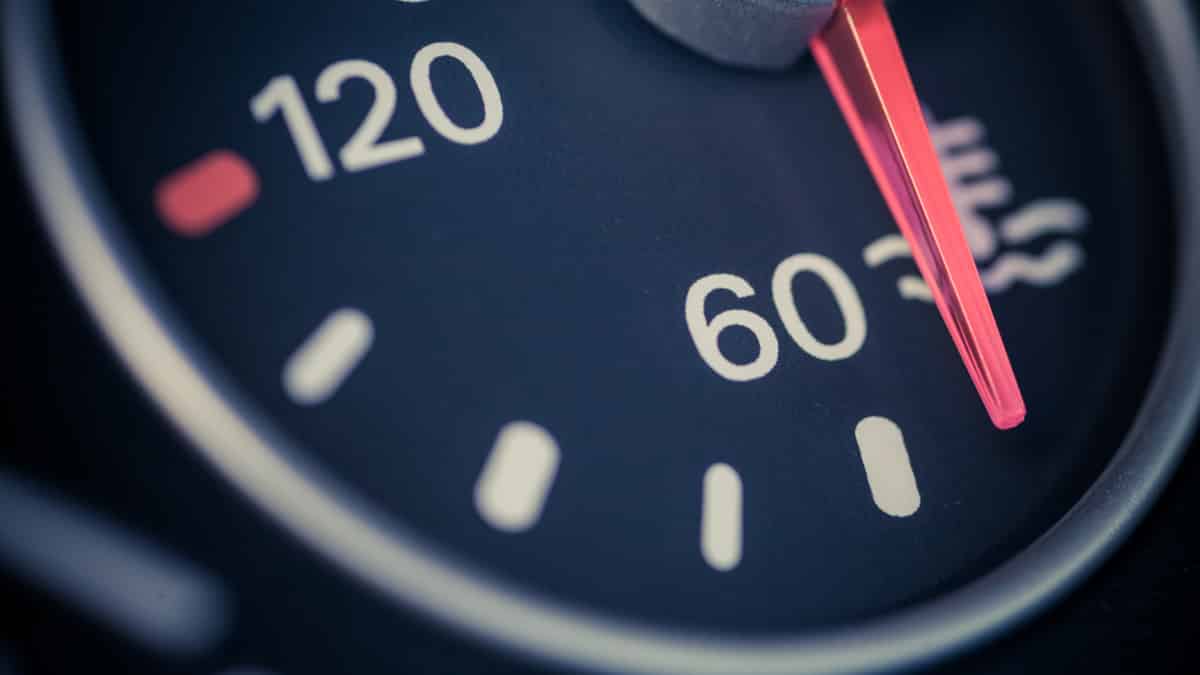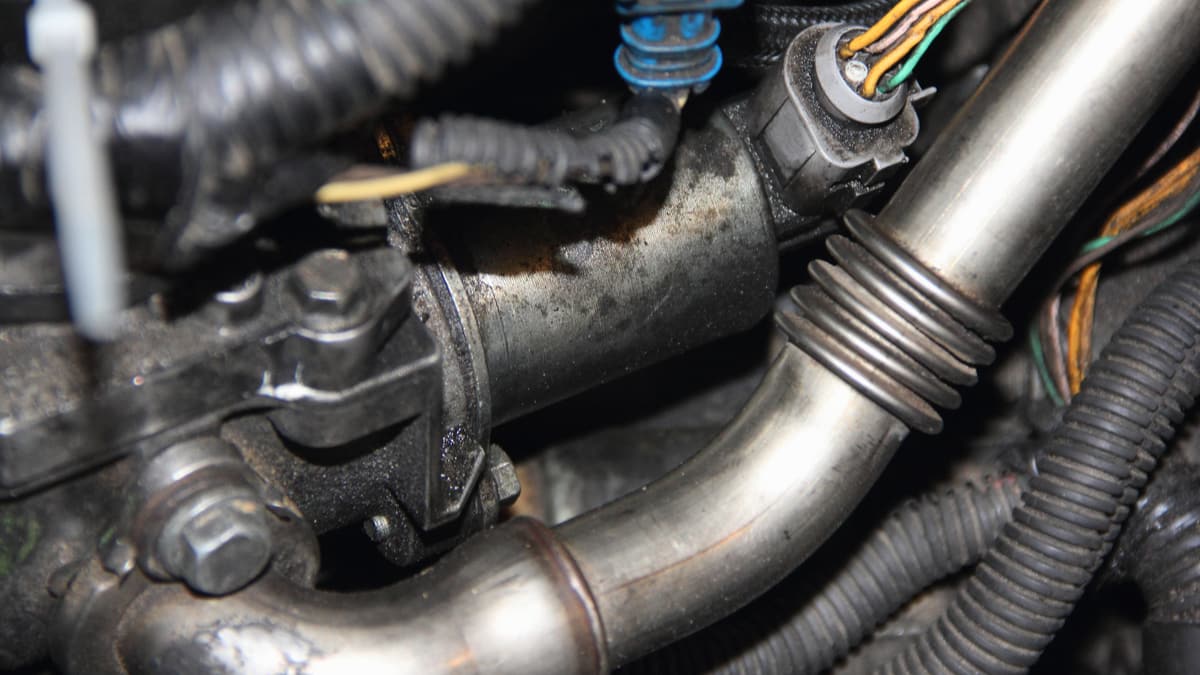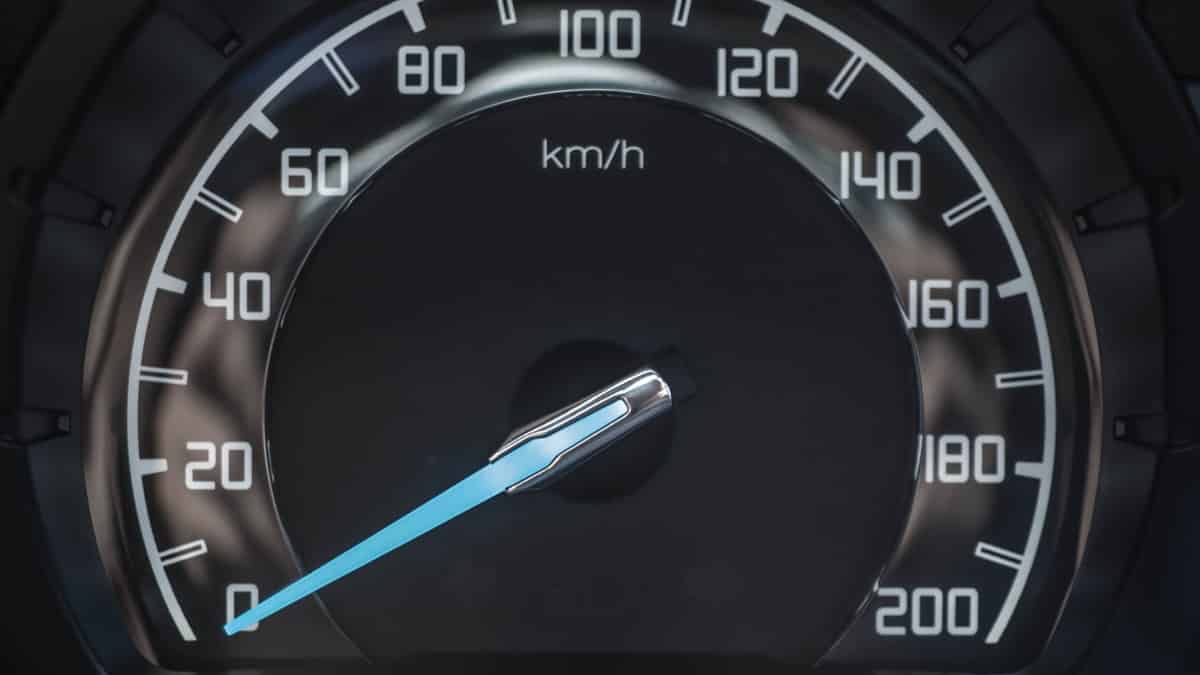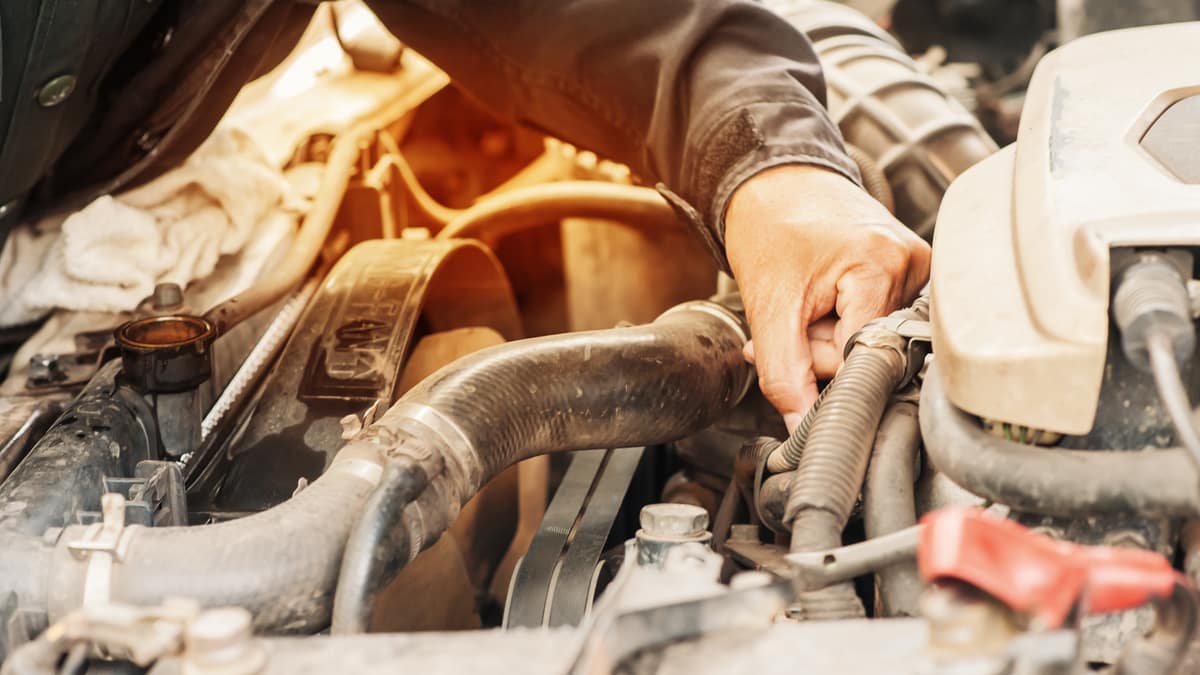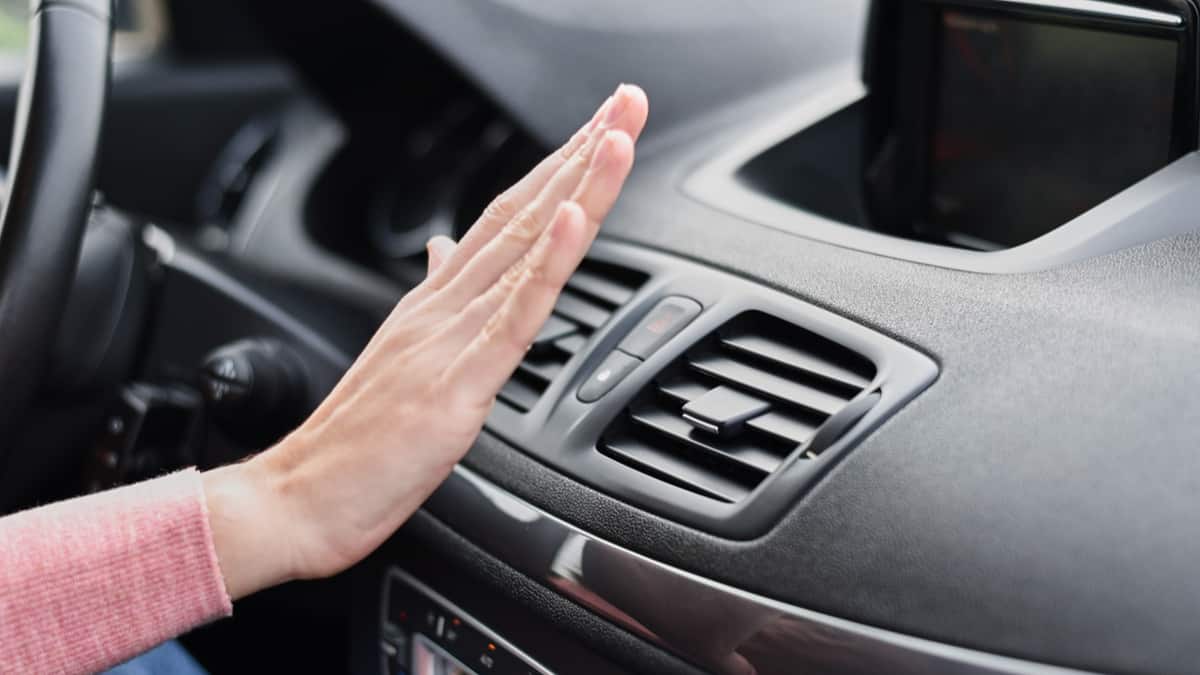Are you having problems with your coolant temperature gauge staying on cold, even if the car engine is obviously warm?
One of the most important things to keep track of in your car is the coolant temperature because some horrible things can happen to your engine if it overheats.
In this article, we will talk about the coolant temperature gauge and what you can do if this issue occurs.
7 Reasons Why Your Car Temperature Gauge Stays on Cold
The most common reason why your car’s temperature gauge stays on cold is a faulty coolant temperature sensor. It can also be caused by bad wiring between the cluster and the sensor. In some cases, it can also be a stuck thermostat causing the engine not to heat up properly.
Let’s go a little bit more into detail about the different causes. Here is a more detailed list of the most common reasons why a temperature gauge stays on cold.
1. Faulty Engine Coolant Temperature Sensor
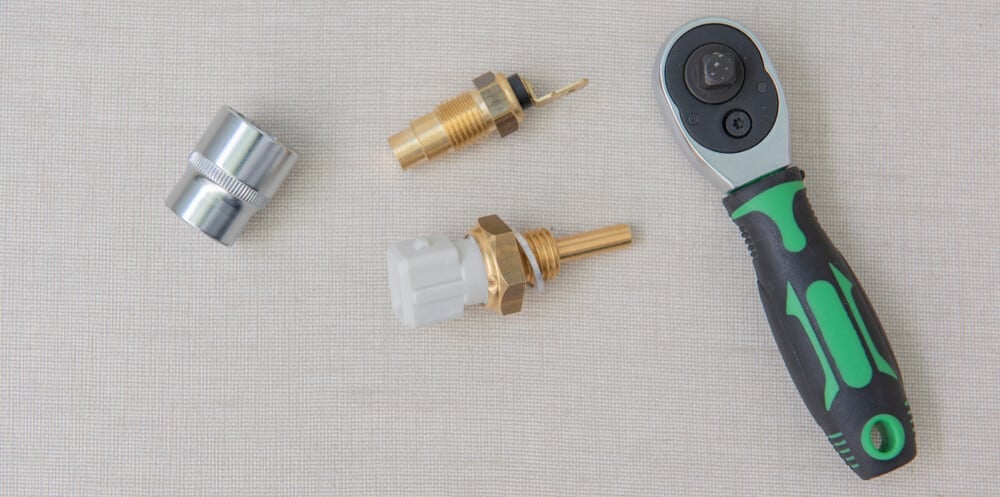
As we talked about, the most common problem with a faulty engine temperature reading is the coolant temperature sensor itself sending wrong information to the cluster.
Some cars have two temperature sensors, while other car models have just one. The models with one sensor usually use the same sensor for both the engine control unit’s temperature and the gauge.
If your car model has two coolant temperature sensors, one is used by the temperature gauge, and the other one is used for the engine control module.
Engine temperature sensors are easy to measure with a multimeter, but you need to find the correct values for them. You can also find more information on how to test them in a repair manual. We will talk more about how to diagnose the sensor properly later in the article.
However, if you decide to replace one of them, and your car has two sensors, you should make sure to replace the sensor going to the temperature gauge.
2. Broken Wirings

If you have two temperature sensors on your car (one separate for the gauge), you need to check the sensor’s wires to the gauge or ohm measure the sensor from the cluster connector.
If you have one sensor for both of them, there could either be a problem with the wires between the sensor and the ECU (most likely) or a wiring problem between the gauge and the ECU. Check for any broken wires between these components.
The best way to find broken wiring is to measure the resistance with a multimeter from all the wires’ directions. However, this requires a bit of electronic car knowledge, and you may have to let your mechanic take a look at it without it.
You can also find information about this in your repair manual. Check a wiring diagram of your car to measure the wiring correctly.
3. Faulty Gauge/Cluster
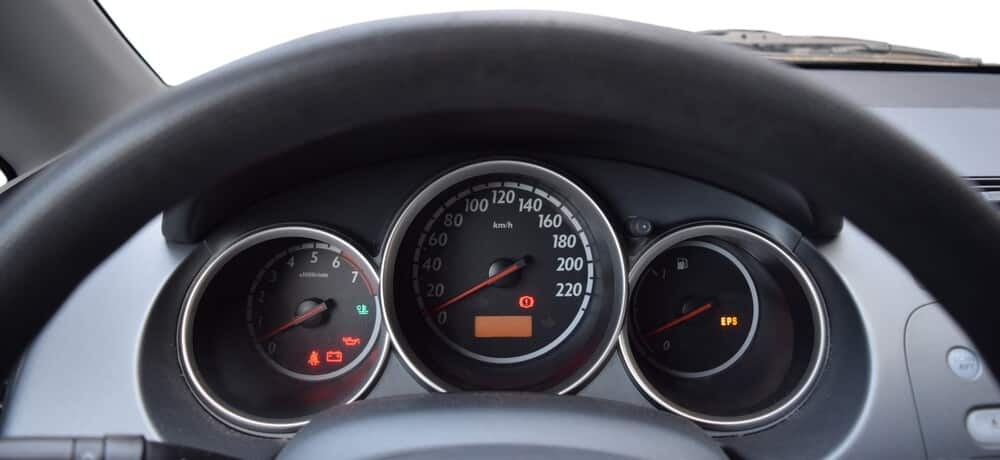
The next problem is a faulty temperature gauge. However, most temperature gauges are integrated with the instrument cluster on modern cars. In some cases, you can replace the temperature gauge or repair any bad solderings if you find any.
In other clusters, you might have to replace the whole instrument cluster. You can often take your instrument cluster to an expert to repair the soldering if you do not know how to do it yourself.
A faulty cluster is not a very common problem, though, and they are often pretty expensive and need programming after replacement. Therefore it is recommended to check the other things first before you decide to replace the cluster.
You can also test the cluster temperature gauge with an Ohm tester if you have some knowledge.
4. Corrosion in plug connectors
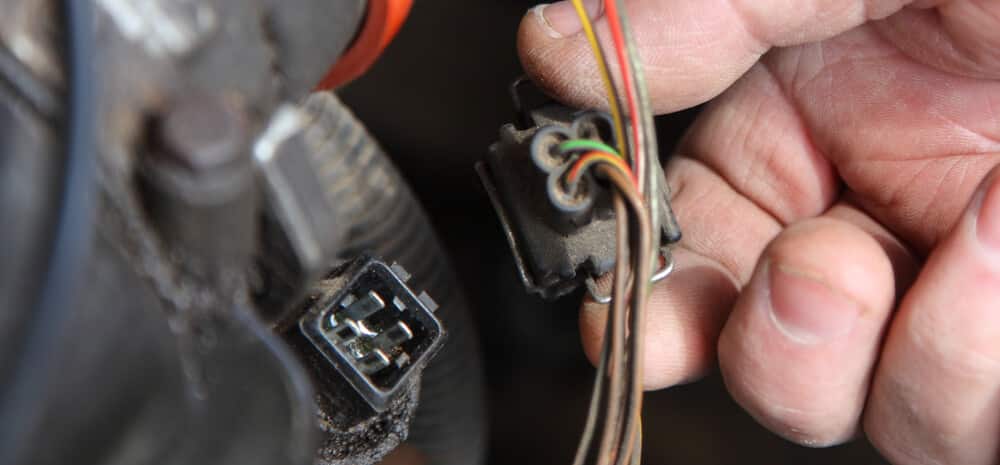
Corrosion in the connectors is also a common problem when it comes to a faulty temperature gauge. Clean and spray electronic cleaner in the connector at the sensor, the engine control unit’s connector, and the cluster’s connector.
If corrosion appears, there might be a problem with the connectors’ sealings, and you may have to take a look at these to make a permanent repair or to replace them to avoid future problems.
5. Bad Thermostat
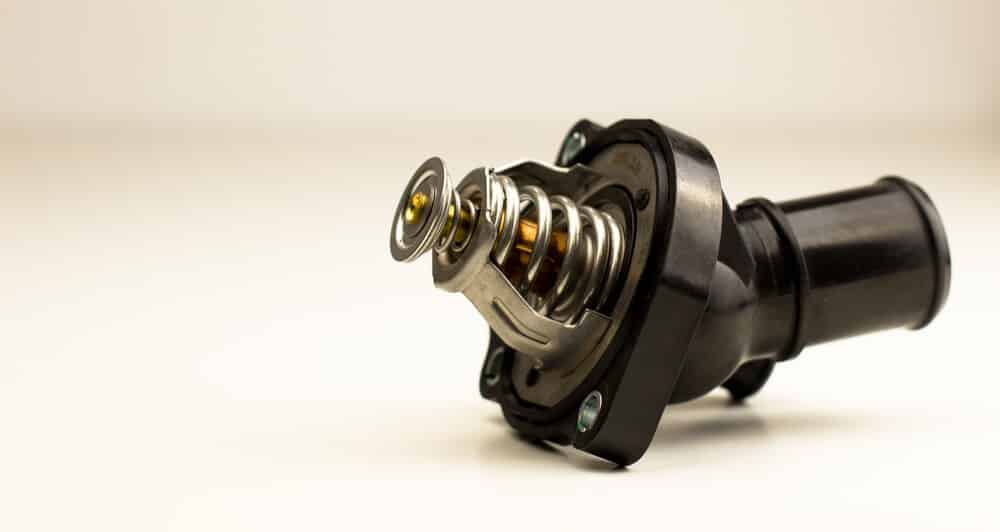
The thermostat restricts the coolant from flowing through the radiator. If this gets stuck wide open, the temperature might not reach the optimal level.
However, this will often make your temperature go up a bit from the minimum mark if you drive hard enough. If your temperature gauge is going up slowly, you might have a problem with the thermostat.
You can read more about thermostats here: Faulty Thermostat Symptoms & Causes
6. Air in the Cooling system
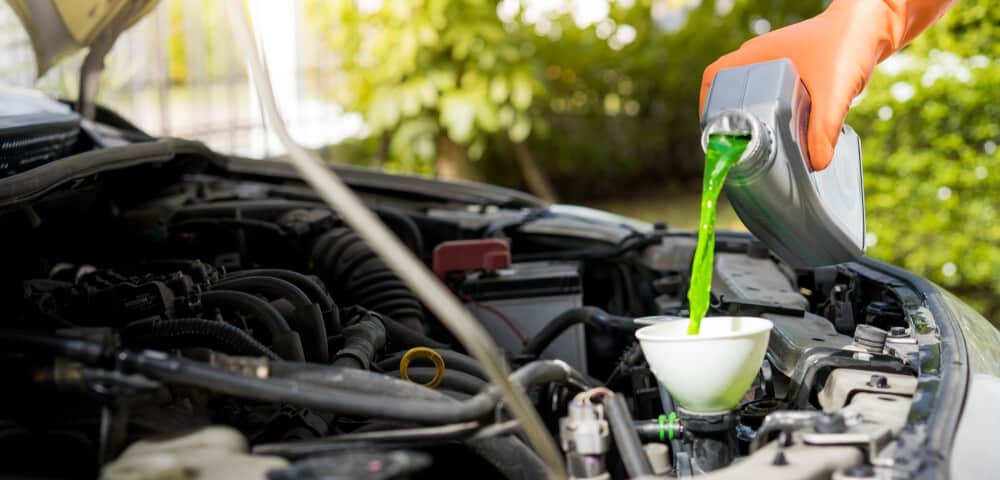
Air in the cooling system can also cause the temperature gauge to stay cold if there is an air bubble right at the sensor spot. This can also often be indicated with a fluctuating coolant temperature gauge.
If you suspect air in the coolant system, you have to bleed your coolant system with a unique bleeding technique. If you want to learn more about this, you can check out our guide: Coolant Bleeding.
7. Broken Engine Control Unit
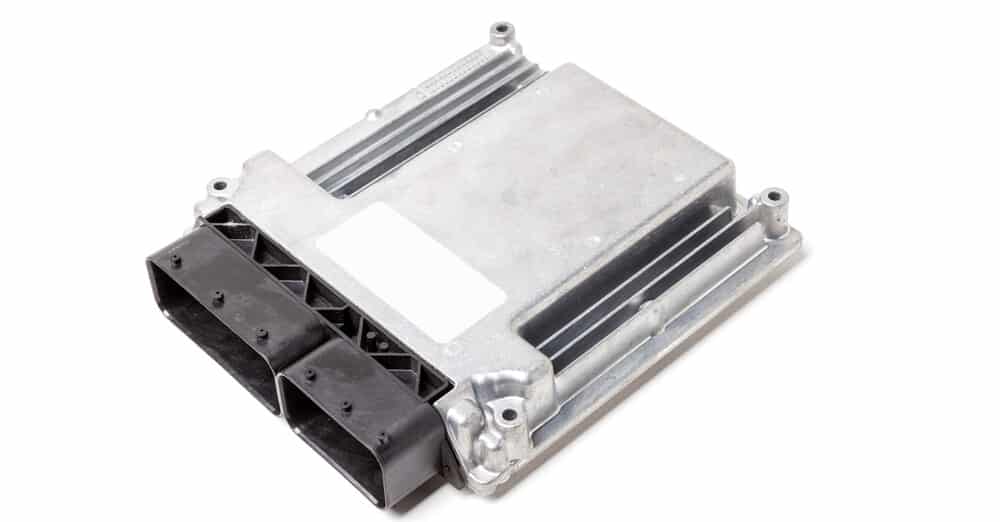
This only applies if your car uses one combined temperature sensor with two pins.
In some rare cases, your engine control unit could be a problem if the temperature information is received first by the ECM, which therefore sends the data to the cluster.
If this is the case, you have to check the trouble codes with an OBD2 scanner in the engine control unit to see if the engine control unit receives the temperature information.
If you can find the temperature readings in the engine control unit but not at the cluster, you have to make sure that they are using the same sensor. If this is the case, you have to measure the temperature output on the engine control unit. To do this, I recommend letting a car electronics expert do the job for you.
You do not want to replace the engine control unit if there’s nothing wrong with it because they’re often costly and require coding.
How To Fix A Car Temperature Gauge That Stays On Cold
To fix a car temperature gauge that stays on cold, you will first want to read the trouble codes with an OBD scanner and then diagnose the coolant temperature sensor. You’ll also want to inspect the wiring and check the thermostat.
1. Read Trouble Codes
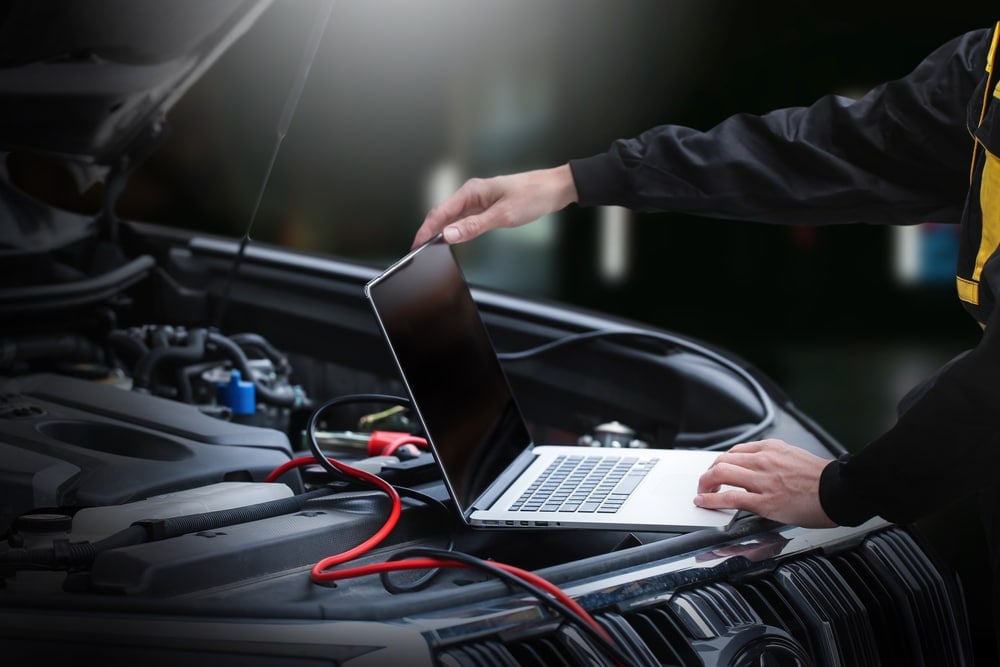
Whenever you have a problem related to the engine of modern cars, you always want to read the fault codes with an OBD2 scanner. These codes will give you a lot of valuable information, and you can save a lot of money and time by doing this.
For example, if you find a code related to the temperature gauge, you want to start diagnosing there. We have a trouble code library here at Mechanic Base where you can find information on many trouble codes you may encounter.
2. Diagnose Coolant Temperature Sensor
When you have problems with your car’s temperature, you want to locate and diagnose the coolant temperature sensor first. Keep in mind that cars may have a separate coolant temperature sensor for the engine and for the radiator fan, so you’ll want to check a repair manual to make sure you’re looking at the correct sensor.
Once you find the sensor, you’ll want to find the correct ohm values from a chart that matches your car model, then measure the sensor with a multimeter. If you get faulty values from the sensor, it’s time to replace it.
3. Test The Thermostat

You also want to make sure that it’s not actually the coolant that is cold, caused by a stuck open thermostat. To measure the thermostat, you need to use a laser thermometer and check the temperature coming out of the engine.
If you see warm coolant coming out of the engine, even though the engine is not hot, you probably want to remove the thermostat and check its functions.
4. Contact A Professional
Modern cars can be quite difficult to work on if you don’t have the right knowledge and there is no shame in asking for help. While taking your car to a repair shop can be expensive, it doesn’t necessarily have to be because mechanics are often quite quick to diagnose problems like this.
If you don’t have the right knowledge, you can waste money replacing parts that are fully functional and in this case it would be cheaper to take it to a mechanic in the first place.
Is it bad if my car temperature is cold?
Yes, if your thermostat is stuck open and the engine never gets up to operating temperature, it’s bad for the engine and fuel consumption in the long run. The car engine is most efficient when it reaches operating temperature, and it will also wear less on the engine parts.
How do you unstick a stuck thermostat?
The only way to loosen a stuck thermostat is to do it manually by removing it. But if your thermostat is stuck, you’ll most likely want to replace it, or you could end up in the same situation in the near future. They are quite inexpensive.
How do I know if my thermostat is stuck open?
One way to tell if the thermostat is stuck open is to check the outlet radiator hose. The hose should not have any coolant circulation while the engine is warming up and, therefore, should remain cold until the engine reaches operating temperature. If it is the same temperature as the inlet hose during the heating process, it is probably stuck open.
How do I reset my temperature gauge?
There is no way to reset your temperature gauge in most car models. If you have a rare car model where it’s possible, you need to check a repair manual for your particular car model.
The temperature gauge staying cold is a serious problem that needs to be fixed. This can be done by checking the cooling system, engine components, and electrical system. It’s not good for your engine to run without reaching the operating temperature; this will cause wear and tear over time.
If you are not comfortable doing this yourself, take it to a mechanic or dealer. With proper care and maintenance, your car will last longer and perform better.
Learn more:
- Car Temperature Gauge Goes Up and Down – Causes & How to Fix
- 5 Causes of a Coolant Leak – How to Fix it & Repair Cost
- Thermostat Housing – Function, Leak Causes & Replacement Cost
Categories: Coolant, Troubleshooting
